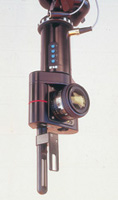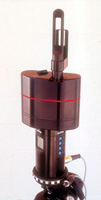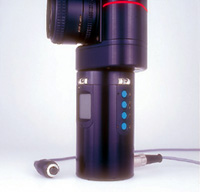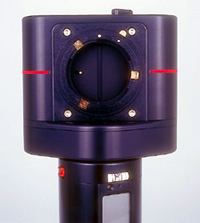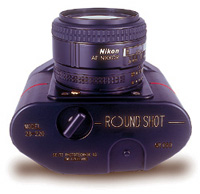Roundshot 28 220
A Rotating, Panoramic Camera
The Roundshot line of professional,
full-rotation (360Þ horizontally) panoramic cameras is easily
the most extensive and best known in this decidedly small niche of the
special-purpose camera market. The product of Seitz Phototechnik AG
of Switzerland, they are not inexpensive. They are, however, worth every
penny to any professional or dedicated amateur photographer having a
genuine (e.g., income producing) need for the unique capabilities of
this type of camera. |
|||
Lens/Film Combo |
|||
How It Works |
|||
Some Limitations Operation & Controls |
|||
Degrees Of Rotation Readouts |
|||
Shutter Speed Range Film Loading |
|||
Evaluation Contact: Roundshot cameras are distributed in the US by Custom Panoramic Lab, 1387-85 W. Palmetto Park Rd., Boca Raton, FL 33486; (561) 361-0031; www.roundshot.com. The owner, Peter Lorber, is a recent president of the International Association of Panoramic Photographers and is extremely knowledgeable on all things panoramic. And if you need to have your long pan negs professionally printed, his lab is one of the few dedicated panoramic facilities in the country. A Quick Guide To Full-Rotation
Camera Technique |

